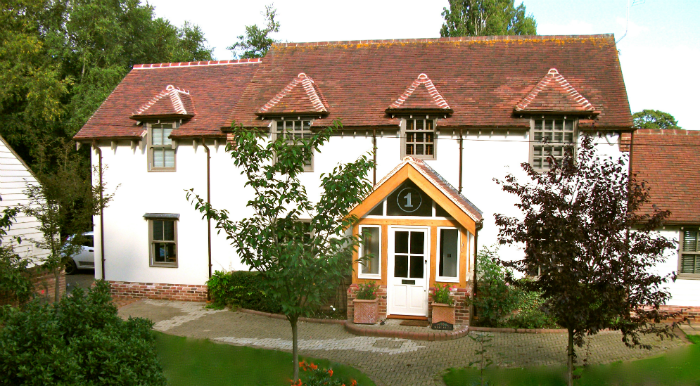Home design is something that is forever changing. From the early twentieth century to present day, each home follows its own journey full of modifications and improvements. Throughout this blog we will be discussing how home design has changed over time, and what home trends are currently popular in 2023.
Early 20th Century:
Throughout the start of the new century houses were barely even houses at all, with most of the population choosing to house themselves in bungalows. Craftsman homes, which typically featured designs focusing on utilising simplicity and functionality, typically paired with exposed rafters, built in furniture and prominent front porches. These houses were a lot smaller than the usual house now, sticking to a more rustic theme in comparison to todays’ homes. During the next ten years, there was a swift change in design and overall appearance of the standard house, now featuring structures predominantly existing in America, with its symmetrical shape and classical detailing. With the rise of American architecture, the 1920’s brought open a new shape entirely, following a square shape and boxy design, making it a super ideal family home due to its practicality.
Modern styles:
For the next 30 years, the housing industry faced a massive change. With the addition of ‘Art deco’ and other modern styles, houses were now being taken over by art. With large geometrical shapes, sleek lines and new textures such as glass and chrome were added to the houses. With the emphasis on curved forms, long horizontal lines and a streamlined effect which were largely inspired by aerodynamics and often incorporated nautical and other sea and boat themes. During the start of the great depression however, this type of fun living was scrapped as family’s focused on having smaller more affordable homes, as there was an increased focus on practicality and efficiency. Since the end of world war two, houses became more open planned, with large windows and clean lines. They were known for their one-story layouts and often integrated garages. The 1950’s saw a rise in the use of suburban communities with large amounts of houses now becoming mass produced as they were much more affordable in comparison to previous designs. Since suburban communities flourished on the availability of automobiles, it made these cheaper houses much more affordable as many families did not have to live in the city anymore.
Recent Trends:
In this decade, housing has changed massively to support workers who started working from home during Covid, and still continue to do so. With home offices being a large part of houses, as many are looking for flexible work spaces and up to date technology. Since the topic of climate change has become very common in the past couple of years, people are now including elements of nature within their houses, using outdoor living spaces that focus on creating functional and comfortable seating areas. Outdoor kitchens have become very popular as it is a great way for house owners to cook and relax in the outdoors, making it a great place for social gatherings in recent years. Prefabricated and modular construction methods have largely made a difference to the industry, as they are much more sustainable, using less fossil fuels and larger machinery during building. Many people have started to make more minimalistic designs, focusing on building houses that are going to last for a very long time, using step – free entrances, larger doorways, and accessible bathrooms. This use of aging-in-place design is meaning that younger generations can inherit homes instead of buying, which is especially important in the current inflation crisis.
Nevill Developments – Contact Us!
Nevill Developments is a property development company based in Essex that has been in business for many years. It is a family run business and runs on the principles of family values. We believe in our development projects and work hard to ensure they are profitable. To find out more information, email us at info@nevilldevelopments.co.uk. or call us on 01206 700 124.
We look forward to hearing from you!
